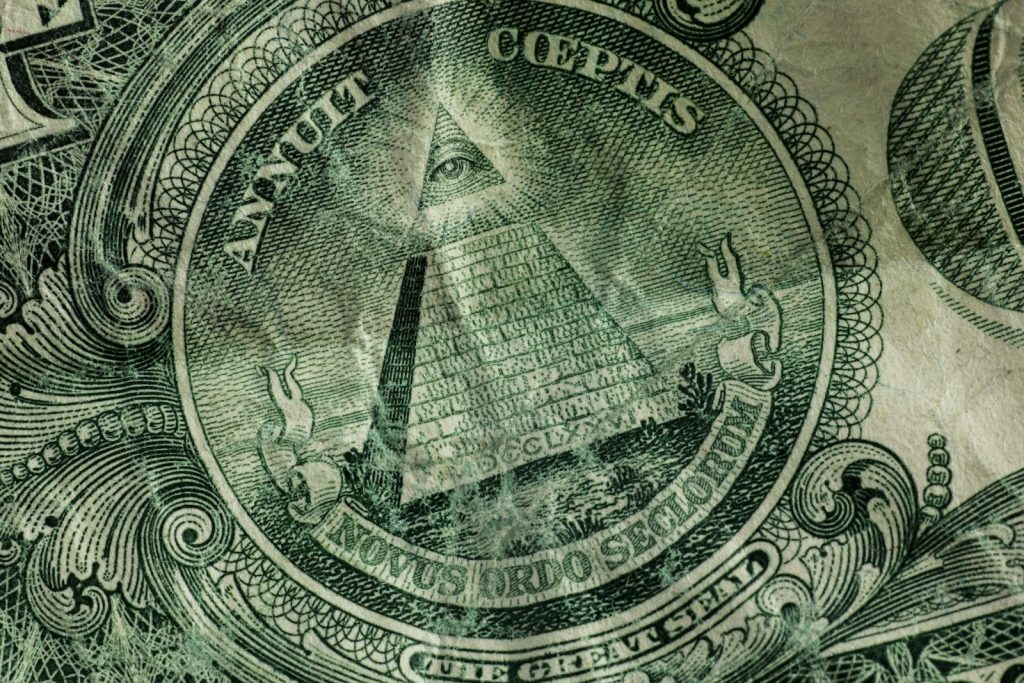Over the past decade, the United States, China, and Russia have all engaged in substantial monetary expansion, although the methods, scales, and motivations differ significantly among the three.
The U.S. Federal Reserve has led with aggressive monetary policy, especially in response to the 2008 financial crisis and the COVID-19 pandemic. Since 2013, the U.S. monetary base has expanded significantly, peaking during the pandemic when the Fed issued approximately $5 trillion in stimulus, boosting the total U.S. money supply by nearly 80% between 2020 and 2021 alone. This surge has driven the Federal Reserve’s balance sheet from around $4 trillion at the start of 2020 to over $9 trillion by 2022, leading to increased inflation and heightened concerns over the dollar’s purchasing power and inflation.
China, on the other hand, has managed its monetary policy more conservatively. Although it has also expanded its money supply, the People’s Bank of China (PBOC) avoided extreme stimulus measures post-2020, choosing instead to inject liquidity selectively through policy loans and maintain a cautious approach to prevent high inflation. China’s money supply (M2) grew from 103 trillion yuan in 2013 to 285 trillion yuan in 2023, primarily through credit expansion rather than direct money printing, allowing the economy to grow steadily while managing inflation.
Russia has seen comparatively smaller monetary expansion, partly due to economic sanctions that restrict foreign exchange and financing options. The Russian Central Bank has focused on controlling inflation by tightly managing the ruble and using currency reserves strategically rather than engaging in major stimulus spending. However, in response to the Ukraine conflict, Russia has increased state expenditures, using reserves and managing currency stability through foreign currency and gold reserves.
Each country’s approach reflects different economic goals and geopolitical pressures: the U.S. leaned into stimulus to drive recovery, China maintained moderate expansion to support steady growth, and Russia relied on controlled monetary policies to mitigate the impact of international sanctions and currency volatility. This divergence in monetary strategies has also resulted in varied inflation levels and economic challenges unique to each nation’s context.






More Stories
“Now You See It, Now You Don’t: The Curious Vanishing of Epstein’s Client List and Evidence”
Trump’s “Big Beautiful Bill” Passes the U.S. Senate
Top Tech Executives Sworn In as U.S. Army Reserve Lieutenant Colonels; Sparks Fly